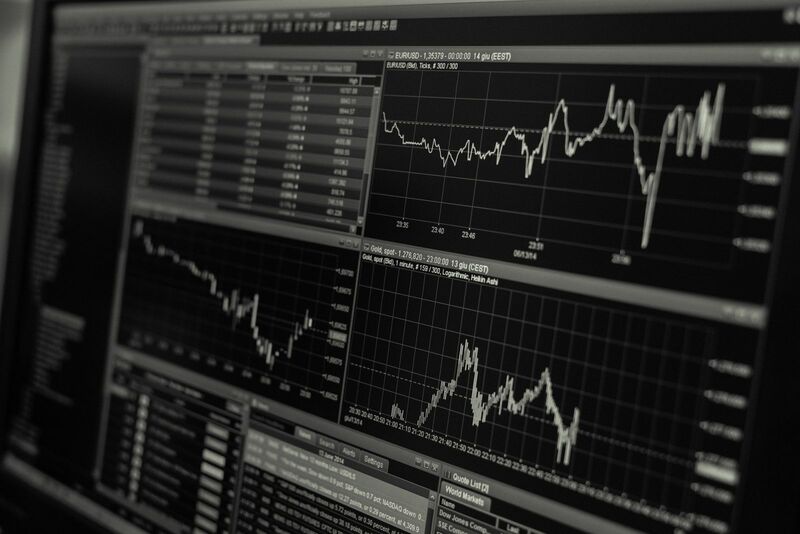
In February 2022, Russia invaded Ukraine, igniting the most dangerous European war since WW II. On October 7, 2023, a terrorist attack in Israel launched a war against Hamas, which governs Gaza. The conflict threatens to spread and escalate, with the U.S. supporting Israel and Iran behind the attackers.
Rising interest rates, which have moved to the highest level since 2007 over the past weeks, and geopolitical turmoil are a toxic cocktail for the stock market. Investors are scrambling for safety, but the bond market carnage and potential downdrafts in the stock market make for challenging investment decisions.
Sadly, one industry set to profit from the dangerous situation is defense. A defensive posture for capital warrants allocations to the sector that produces and services the tools of war.
The world’s hotspots that threaten to experience conflicts
Aside from the hot wars in Ukraine and Israel, the other areas of conflict include:
- Taiwan- China has firmly stated its reunification plans. Given the threat, the U.S. and its allies have supplied weaponry to Taiwan. It may not be a question whether China will invade Taiwan but when it will occur.
- South China Sea- China claims the South China Sea is its sovereign territory, igniting tensions with other countries in the region and the United States.
- Korea- North Korea has become an aggressive nuclear power, threatening South Korea, Japan, and the United States.
- India-Pakistan- the ongoing conflict between India and Pakistan began with the 1947 partition of British India, establishing a Muslim-majority Pakistan and a Hindu-majority India. The India Independence Act allowed Jammu and Kashmir to choose which country to accede to and remain highly volatile areas with Indian and Pakistani troops facing off.
- Middle East escalation- While Israel is at war with Hamas. Iranian-backed Hezbollah in Lebanon, Iranian-backed factions in the West Bank, Syria, and Yemen could force Iran and its allies, and the U.S. and its allies into the conflict if it expands and escalates.
- Global terrorism- The highly volatile worldwide situation threatens a rise in terrorist acts, including in the U.S. and Europe. FBI director Christopher Wray recently warned increased domestic threat reports linked to the Israel-Hamas war.
Since the 2020 global pandemic, the world has become a lot more dangerous. The 2022 “no-limits” alliance between China and Russia has bifurcated the world’s nuclear powers with increasing conflicts that threaten world peace.
More tension will lead to higher military spending
The trend of military conflicts, wars, and increasing threats may or may not lead to a world war. The doomsday clock is now 90 seconds to midnight, the closest to a global catastrophe it has ever been.
While the future is uncertain, one certainty is that countries worldwide will increase their military budgets to counter the rising threats. Higher military spending will increase profits for the companies that manufacture and service the defensive and offensive tools of war.
The largest defense contractors
The leading defense contractors by market cap include:

Source: companiesmarketcap.com
The chart highlights six of the top ten are U.S. companies, while three are French, and one is a U.K. contractor. The top three, HON, LMT, and RTX, with over $100 billion market caps, are U.S. companies.
As defense and military spending increases, profits for the leading contractors will likely soar.
The ETFs that diversify sector risks
Some of the top ETF products that own shares in the leading defense contractors are:
- ITA- At the $108 per share level, the iShares U.S. Aerospace & Defense ETF had over $5 billion in assets under management. ITA trades over 690,000 shares daily, charges a 0.39% management fee, and holds many top defense contractors.
- PPA- At around $81 per share, the Invesco Aerospace & Defense ETF had over $2.1 billion in assets. PPA’s average daily volume is over 225,000 shares and charges a 0.58% expense ratio. PPA’s portfolio includes the leading contractors.
- XAR- With assets above $1.557 billion, the SPDR S&P Aerospace & Defense ETF trades over 141,000 shares daily. XAR charges a 0.35% management fee and holds a balanced portfolio of the leading defense companies.
- MISL-At $22.30 per share, the FT Indexx Aerospace & Defense ETF had around $47.85 million in assets. The smaller EETF trades 26,300 shares daily and charges a 0.60% management fee. MISL owns the top U.S. defense contractors.
The ETFs diversify the risk of owning single defense contractors.
The best defense for portfolios is an aggressive offense
The bottom line is the world has become far more dangerous, and an offensive investment posture in the current environment requires defense stocks. With plenty of uncertainty in the geopolitical arena, defense spending will increase, bolstering profits for companies that manufacture and service defensive and offensive weaponry.
On the date of publication, Andrew Hecht did not have (either directly or indirectly) positions in any of the securities mentioned in this article. All information and data in this article is solely for informational purposes. For more information please view the Barchart Disclosure Policy here.






